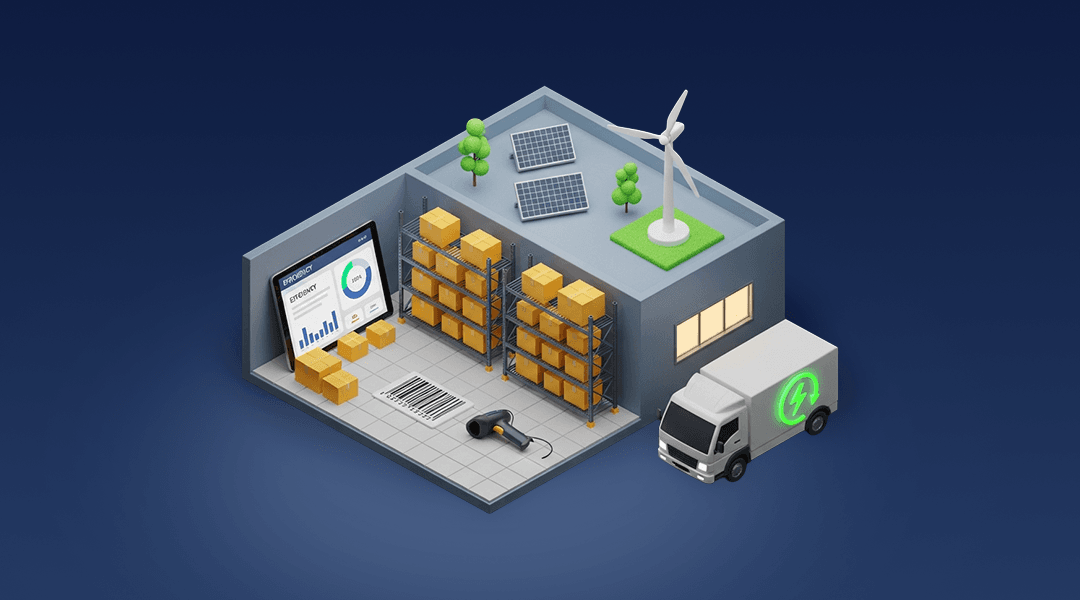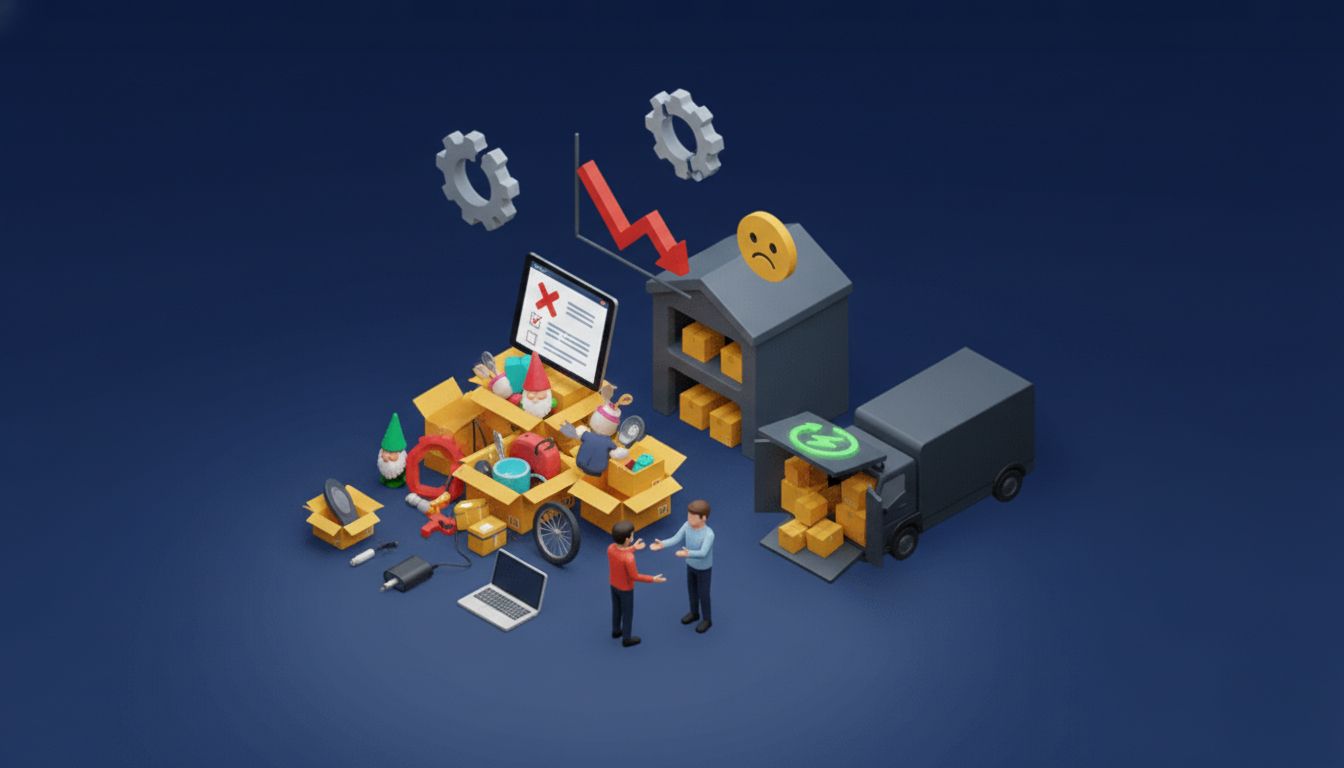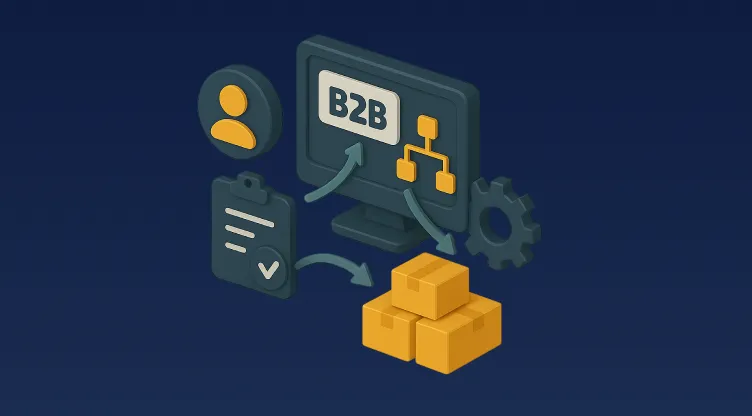Smarter Returns Management in Apparel: Tackling Sizing, Exchanges, and Re-Tagging

Table of Contents
Fast Stitch Summary
- The fashion sector in MENA sees high return rates, often driven by unclear sizing and customer expectations.
- Returns are not just logistics challenges—they impact brand loyalty, inventory costs, and resale opportunities.
- Reverse logistics helps manage the flow of returned items, with 3PLs offering added flexibility.
- Using smart order management software and re-tagging workflows can reclaim lost revenue and speed up resale.
- Leading apparel brands in the GCC are reducing return costs and improving efficiency through tech and automation.
Fashion's Hidden Cost: The Real Impact of Returns
Returns are becoming a central issue for apparel retailers across the Middle East and North Africa (MENA). With online fashion booming and consumer expectations rising, more shoppers are returning items that don’t meet their style, fit, or quality standards.
This is particularly true in Gulf markets like Saudi Arabia and the UAE, where fast fashion and digital platforms have created a culture of convenience-first shopping. But behind the scenes, the cost of returns—including repackaging, inspections, and restocking—continues to climb.
For some apparel retailers, return rates hover between 30% to 40%, eating into margins and complicating warehouse operations. Add to that the challenge of re-tagging, size exchanges, and managing inventory across multiple locations, and the process becomes a costly maze.
What Makes Apparel Returns So Complex?
Returns in fashion aren’t just about refunding money or accepting back an item. They often require businesses to:
- Reassess and inspect garments for wear, damage, or hygiene issues
- Re-tag items with new barcodes and pricing labels
- Adjust inventory counts in real-time to keep stock accurate
- Process exchanges or offer size alternatives
- Handle logistics, whether from customers' homes or return points
This complexity multiplies when the business sells across multiple channels—like mobile apps, online marketplaces, and physical stores—all demanding a smooth, consistent experience.
Reverse Logistics: The Backbone of Return Operations
Reverse logistics refers to the structured process of moving products from the customer back to the seller. For apparel brands, this includes not just transporting the returned items but also everything that follows—quality checks, re-tagging, and reintegration into the stock pool.
In the MENA region, where customers expect free and convenient returns, an optimised reverse logistics setup is essential.
What it Involves:
- Return collection: via doorstep pickup or store drop-off
- Transport back to fulfilment centre or store: often through last-mile carriers
- Item inspection and grading: for resale or disposal
- Re-labelling and storage: readying the item for another sale cycle
When this system works efficiently, retailers see improved restocking times and lower inventory waste.
Outsourcing Returns to a Third Party Logistics Provider (3PL)
Handling returns in-house can strain your staff, storage space, and technology stack. That’s where third-party logistics providers (3PLs) step in to offer scalable solutions tailored to your business.
In countries like the UAE and Saudi Arabia, where customer expectations are high and delivery networks are maturing, 3PLs bring significant value.
Benefits of Using a 3PL for Apparel Returns:
- Doorstep pickup services with flexible time slots
- Pre-integrated return hubs and dark stores across key cities
- Skilled staff to conduct inspections and tagging
- Data exchange with OMS/WMS systems to ensure real-time visibility
This helps fashion brands reduce return handling costs by up to 20% and speeds up the process of getting items back on sale.
Smart Technology: Order Management Software to the Rescue
Returns should not disrupt your overall business operations. That’s why investing in a solid order management software (OMS) is essential for brands selling fashion online and offline.
An effective OMS allows you to:
- Track and route returns efficiently
- Provide real-time updates to customers
- Handle partial returns or exchanges
- Integrate with your inventory and refund systems
- Sync across all sales channels and warehouses
Solutions like Omniful, which are built specifically for the MENA retail market, support reverse logistics flows, connect with 3PLs, and streamline everything from customer notifications to warehouse stock updates.
Re-Tagging: More Than a Label
When clothes are returned, they often require new labels, barcodes, or even price updates. This re-tagging process can become a bottleneck if not handled properly.
To prevent delays:
- Use barcode automation tools to print new tags quickly.
- Ensure returned items are scanned and tracked as separate inventory batches.
- Set up workflows that automatically update product details based on inspection outcomes.
With tools like mobile-based warehouse apps and item-level SKU tracking, staff can complete re-tagging in minutes instead of hours, allowing the product to re-enter inventory faster.
Real-World Use Case: What MENA Brands Are Doing Differently
Let’s consider the example of a D2C fragrance and fashion brand operating in Riyadh. After struggling with inconsistent service from external fulfilment providers, they switched to an in-house setup supported by a cloud-based OMS.
Within weeks:
- Return processing time dropped from 5 days to under 24 hours
- Size exchange workflows became automated via the OMS
- Re-sellable inventory increased by 40%, thanks to proper grading and re-tagging
- Customer satisfaction scores saw a 17% jump
This shift didn’t just solve returns—it strengthened the entire customer experience.
MENA-Specific Approaches to Streamline Apparel Returns
While global best practices matter, local adaptation is what sets winning brands apart in the region.
For Saudi Arabia and UAE:
- Offer Arabic-language portals for return requests
- Enable hub-based return drop-offs in malls or retail outlets
- Partner with local last-mile carriers to provide doorstep pickups
- Consider Buy Online, Return In Store (BORIS) models for omnichannel engagement
These features resonate with customer habits in the Gulf and reduce friction during the return journey.
Key Tips for Apparel Brands to Reduce Return Friction
- Use size guidance tools on your product pages to reduce guesswork.
- Automate return approvals to save staff time.
- Categorise returned items based on wear, condition, and resale eligibility.
- Bundle returns with next delivery to lower logistics cost.
- Track return reasons to refine product descriptions and reduce future returns.
Every returned item holds insights that can shape smarter buying, merchandising, and marketing decisions.
Final Stitch: The Business Case for Better Returns
A well-handled return is not a loss—it’s a chance to delight your customer and reclaim value. Brands that integrate smart logistics, software, and service models don’t just handle returns efficiently—they turn them into a competitive advantage.
By aligning reverse logistics with your OMS and 3PL strategy, you not only reduce costs but build trust, boost resale speed, and enhance operational transparency.
FAQs
What is reverse logistics in fashion retail?
Reverse logistics involves managing returned products efficiently, from customer pickup to inspection, re-tagging, and restocking or disposal.
How do 3PL providers support fashion returns?
They offer infrastructure and staff to collect, inspect, and route returned apparel—improving speed and reducing operational load on the retailer.
Why is re-tagging important in apparel returns?
Re-tagging ensures returned garments are relabelled, inspected, and accurately represented in inventory systems for resale or reporting.
How does an OMS improve returns?
An OMS automates the return flow, provides real-time updates, integrates refunds, and synchronises returned inventory with your online and physical sales channels.
Are high return rates avoidable?
Not entirely, but you can reduce them by improving sizing tools, product descriptions, and leveraging AI for predictive exchanges.























